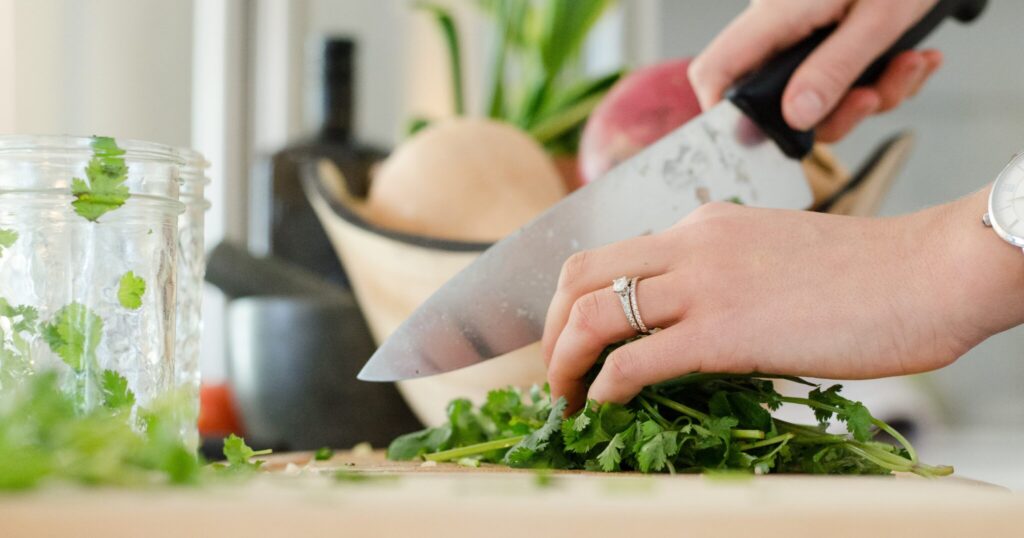Health Direct provides the following advice regarding safe storage temperatures for food in the home:
- Keep cold food in the fridge at less than 5 degrees celsius to prevent the growth of bacteria that can cause food poisoning.
- Store frozen food at -15 degrees celsius or colder.
- Store hot food greater than 60 degrees Celsius. Food poisoning bacteria grow and multiply fastest in the temperature danger zone between 5 and 60 degrees celsius. Bacteria can’t grow easily at temperatures outside of this zone. Try not to leave food between this temperature for more than two hours.
- Throw out food left in the temperature danger zone for more than four hours. This is an important one to remember if you ever experience a blackout.
It's also important to keep all foods sealed to prevent pests from getting in.
Additionally, make sure you use clean food storage containers that are good quality and in good condition. Ensure the lids are tight fitting or use foil or plastic film to cover food bowls to minimise potential contamination. If you use reusable grocery bags, be sure to clean them regularly too.
When storing cooked food, wait until hot food has cooled before placing it in the fridge. Place hot food into separate, smaller portions to help cool the food as quickly as possible, Better Health advises. Cover and then place in the fridge or freezer.
Be sure to store raw and cooked foods separately in covered containers, with raw meats on the shelf below cooked foods to prevent contamination from raw meat juices above. In a similar vein, do not put cooked food back on the same plate that any raw meat was sitting on.
When transporting cold or hot foods, try to buy cold foods towards the end of your shopping trip and take an insulated cooler bag with you to store and keep frozen foods cold. Keep hot and cold foods separate when transporting them home, and try to get home as soon as you can place these items in the fridge or freezer immediately.

